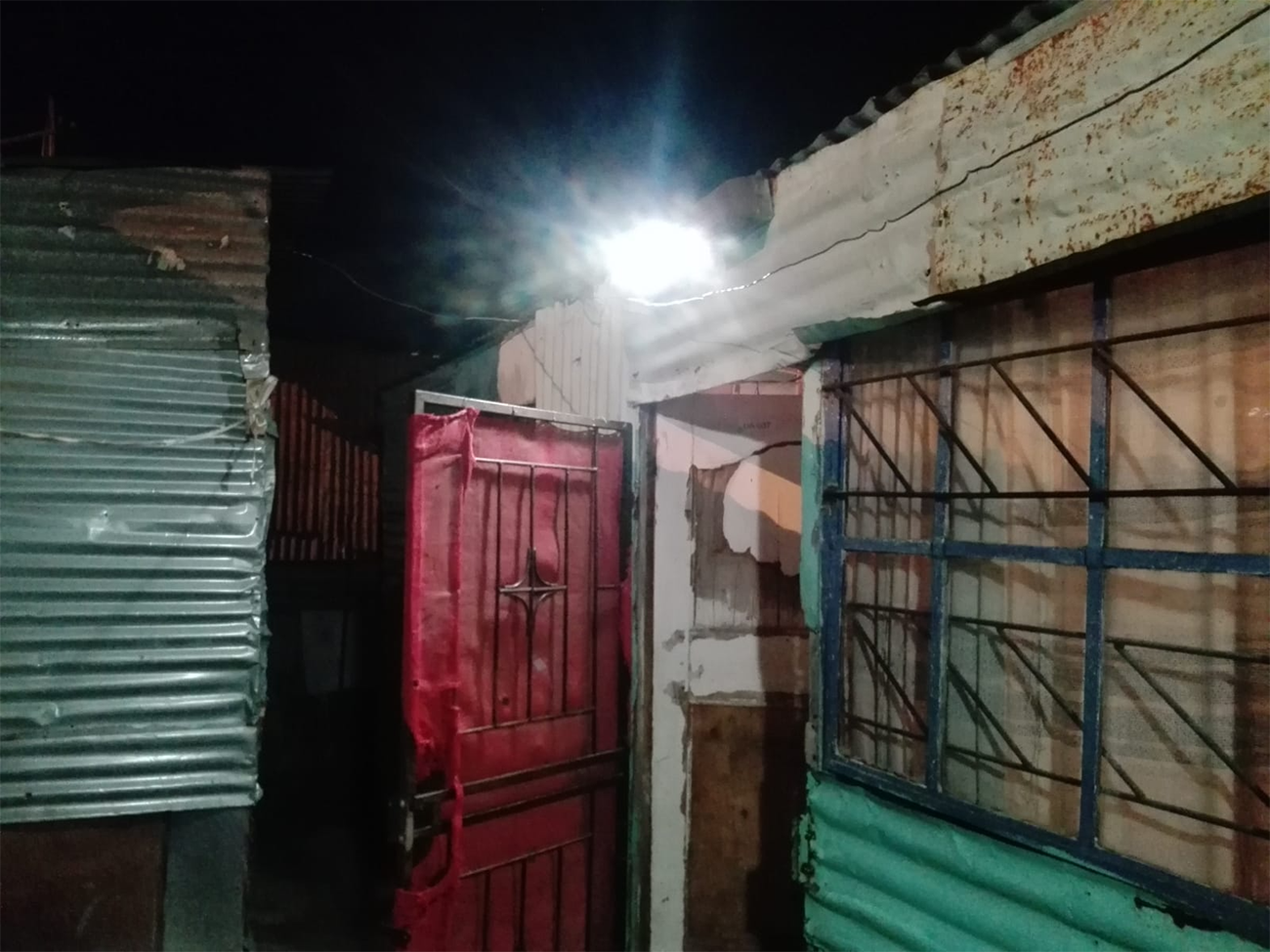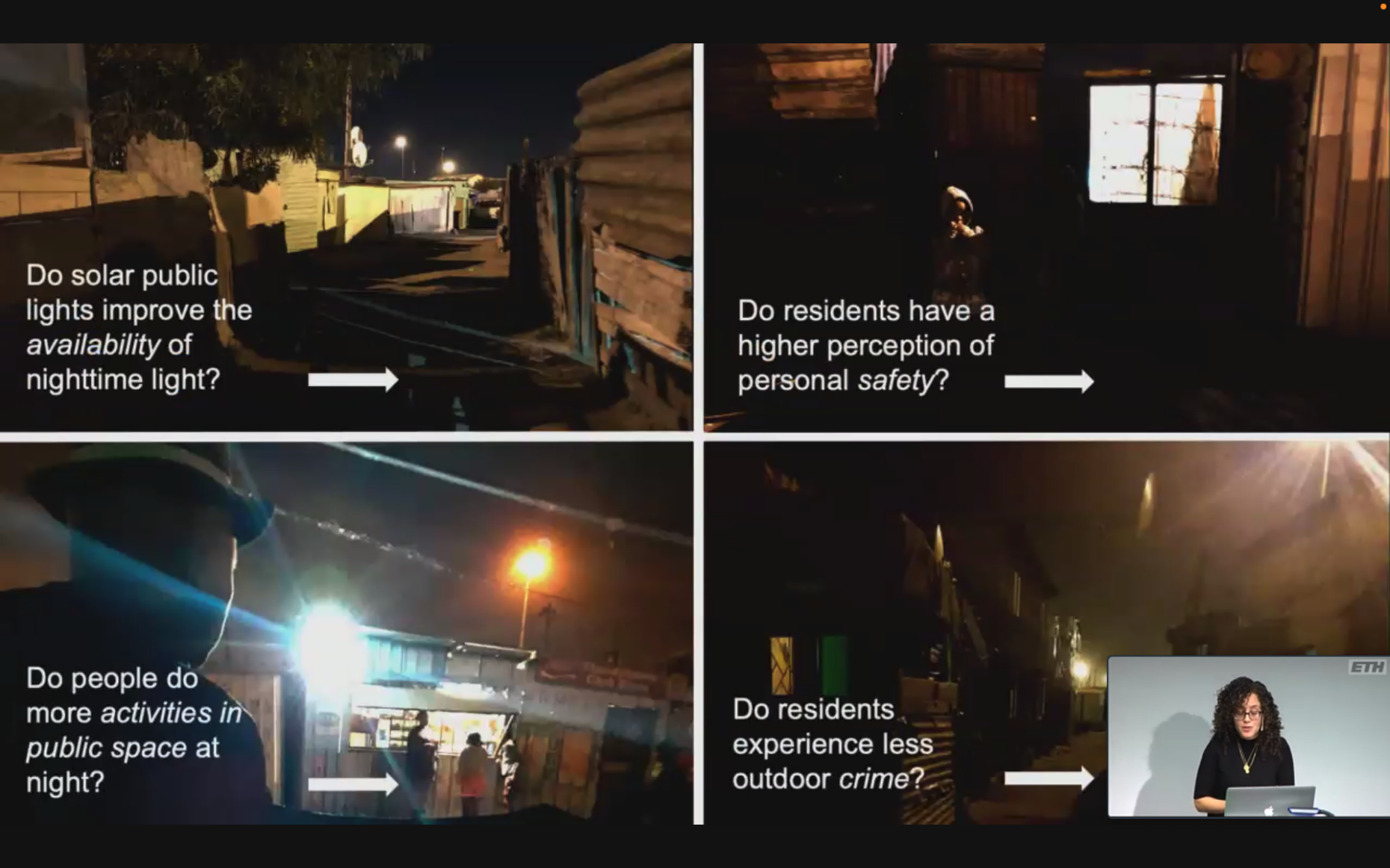Impact of public lighting in informal settlements
Congrats to Yael Borofsky for her doctoral defence and her amazing research on the impact of public lighting on quality of life at night in informal cities.

Yael Borofsky recently defended her PhD thesis entitled, “Night in the Informal City: How Limited Public Infrastructure Shapes Life After Dark in Informal Settlements.” Yael studied pedestrian activity at night and public lighting in order to understand how access to public space and shared infrastructure in informal settlements is altered by darkness. The irony is that the topic has been neglected by scientists because the absence of lighting has led to security concerns. Yael Borofsky and her colleague from ISTP and DARCH, Stephanie Briers, started the job: improving our understanding of what lack of lighting means for the one billion living in informal cities and what can be done about it.

Fieldwork in Cape Town
Yael’s PhD thesis is based on fieldwork in an informal settlement in Cape Town, South Africa, which she conducted in collaboration with the local residents, Cape Town lighting engineer Keyaam DuToit, the South African NGO Social Justice Coalition and Stephanie Briers from ISTP and DARCH.
Yael studied nighttime pedestrian activity using motion sensors to identify preferred routes.
In response to the pandemic and widespread concerns that lockdowns in informal settlements would be impractical, she also analysed how nighttime pedestrian activity changed after South Africa implemented its first strict lockdown. The study demonstrates that pedestrian activity declined quite a lot under lockdown — nearly 50% — but that these declines were not as large as in high-income areas, perhaps reflecting the amount of pedestrian activity that is hard to avoid in an informal settlement.
Public lighting and quality of life
Availability of lighting is one important factor influencing nighttime pedestrian activity. In Cape Town’s informal settlements, the most common form of public lighting are 30-40 meter tall flood lights called high-mast lights. Yael’s study demonstrates that high-mast lights provide inconsistent light, casting shadows in narrow passageways and creating extreme bright spots in open spaces. Only people living nearest to these lights report feeling safe in the area at night.
In the experimental phase of her study, Yael demonstrated that wall-mounted solar public lights may be an effective alternative to high-mast lights. The tested solar lights increased brightness by a factor of six and residents felt safer, especially at night. Yael’s work thus provides evidence that the availability of light can improve the quality of life for residents of informal settlements.
“12 hours per day of 1 billion people has been largely neglected by scientific research. With her outstanding work, Yael and her partners have taken an important step to change this”, says Yael’s PhD supervisor, Isabel Günther, Professor of Development Economics at ETH Zurich.